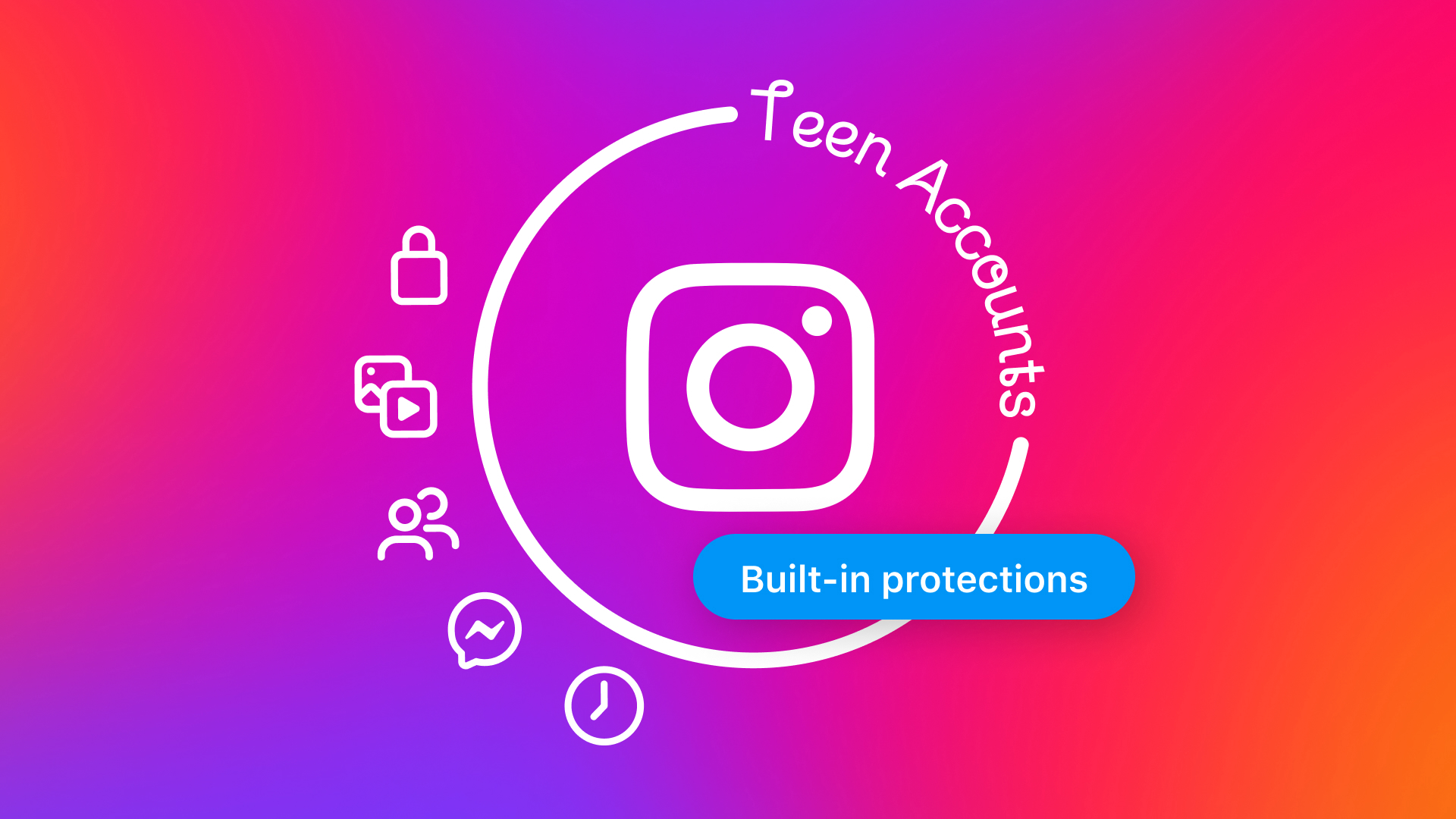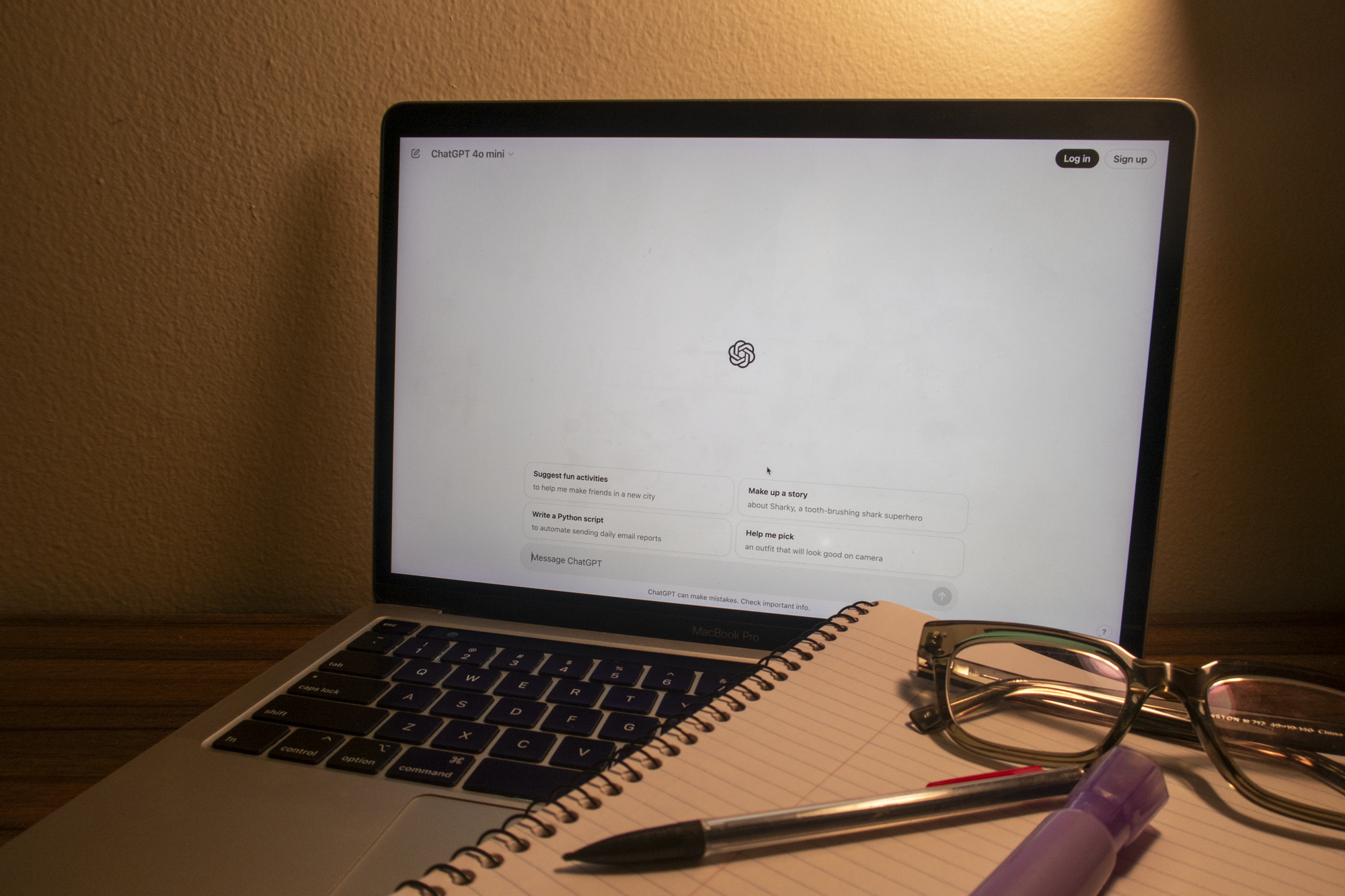Second Take: School phone bans, Instagram Teen Accounts both imperfect solutions

Pictured is a graphic from Meta’s introduction of Instagram Teen Accounts. The feature, which is intended to make the social media platform safer for users under the age of 18, was announced Sept. 17. (Courtesy of Meta)
By Martin Sevcik
Oct. 3, 2024 4:33 p.m.
Teenagers are caught in a battle for the future of their feeds.
Instagram announced its novel Teen Accounts feature Sept. 17, outlining how users under 18 would soon discover content and messaging restrictions imposed on their accounts. Besides safety considerations, Instagram is curtailing teens’ time on the app, muting notifications on teen accounts from 10 p.m. to 7 a.m. and notifying users after they have spent an hour on the app in a day.
[Related: Second Take: YouTuber Nikocado Avocado]
A week later, California Governor Gavin Newsom signed Assembly Bill 3216, requiring schools to implement cell phone limits or bans during regular class time. In a press release, he cited mental health issues as a principle motivator for the bill, including depression and anxiety linked to regular cell phone usage. These are the same concerns that have dragged social media CEOs before Congress over the past few years and pushed the U.S. surgeon general to recommend a warning label on social media platforms.
In this case, platforms and lawmakers have identified the same issue but have offered mutually-exclusive solutions. Instagram, perhaps attempting to preserve its young user base, is designing a platform safer and more fit for children. Governor Newsom instead wants to remove children from their phones and feeds entirely – at least during school hours, under the state’s purview. One approach looks to integrate social media into lives safely, while the other presupposes that social media has no role in some aspects of teenage life.
These recent developments are clearly incomplete solutions: teenagers will use their phones outside of class, and even with content restrictions in place they will still encounter self-esteem damaging content while browsing on their restricted accounts. But despite their mutual inadequacy, one party’s solution is far more well-principled and valid. The state has offered a knee-jerk, absolutist solution to the problem that will not prevent harassment, depression or anxiety – yet there is a kernel of wisdom in its approach.
The state’s premise that social media is toxic for teenagers is not controversial. In fact, Instagram’s parent company, Meta, had already come to that exact same conclusion. In September 2021, the Wall Street Journal reported on internal studies conducted by Meta, which found Instagram worsened body image issues for one-third of teenage girls, and that some teenagers blamed the site for their depression, anxiety and suicidal thoughts. Congress quickly launched investigations and hearings into the issue, demanding answers from social media companies as employees provided explosive depositions.
Later research from the Università della Svizzera italiana found that Instagram’s photo-based design was partially responsible for these outcomes. The platform is a place to share a picturesque version of life, where jealousy and self-doubt can take root in developing minds as they scroll past influencers’ well-maintained public images. This issue has persisted, and the recent changes do relatively little to address this dynamic, largely focusing on safety in interpersonal interactions and another pressing issue – addiction.
Instagram features an endlessly-scrollable feed, where users can explore new content from strangers for as long as they like. With the introduction of Instagram Reels, a short-form video format derived from TikTok and designed to keep users watching for as long as possible, hours can disappear without much thought, as both adult and teenage users have testified.
With all of these issues, a reasonable question emerges: should teenagers even be on these apps at all? Gov. Newsom says no, at least in school settings. New York Gov. Kathy Hochul agrees, recently promoting a cell phone ban in her state’s schools, while and Virginia Gov. Glenn Youngkin has supported his Department of Education as they pursue their own cell phone ban.
Instagram, of course, argues the opposite with its newest change, proposing that the platform can become a better place for teenagers with the right safeguards in place. But Meta has a clear profit incentive to keep as many users on the app for as long as possible. If the app is more addictive, it make more money. And so, with this profit incentive in mind, the “move fast and break things” culture of Silicon Valley disappears, leading Meta to spend three long years developing a paltry teen accounts feature.
Their attempt is not completely feeble: the interpersonal safety features are commendable, and parent controls are a common-sense feature to implement. But these teen accounts do not change the picture-perfect content on the app nor its fundamentally addictive design – only which posts teenagers will interact with. The systems in place that undermine self-esteem and keep them hooked remain largely the same.
[Related: Second Take: Stan culture poses more harm than good to artists, fans, music industry]
The governors have seemingly had enough of this system. Their reactionary cell phone bans have been reasonably criticized in many ways, but the premise at the heart of their approach is defensible – social media is designed in ways adverse to teenager health, and limiting developing brains’ access to these platforms might be the best way to mitigate their inherently negative effects.
Newsom and other governors want to block Instagram from teens’ lives. There are reasons to like these changes.




